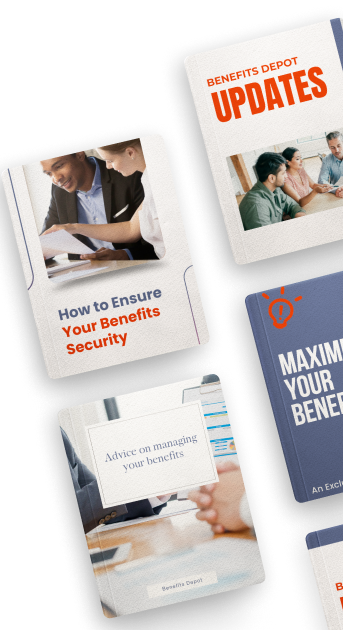Could Your 401(k) Soon Include Real Estate, Crypto, and Private Investments? Here’s What It Means for Americans

A potential policy shift could soon change the way millions of Americans save for retirement, by allowing alternative assets like real estate projects, private equity, and even cryptocurrency inside 401(k) plans.
Read: Crypto & Private Equity in 401(k) Plans: Expert Advice Before You Invest
While the move could bring exciting opportunities, it also raises big questions: Is this a game-changer for your retirement savings, or a risky detour?
What’s Changing?
Traditionally, 401(k) plans have stuck to familiar investments like stocks, bonds, and mutual funds.
The proposed update would give plan administrators the option to include alternative investments, which have been mostly off-limits for everyday workers.
Proponents say this could diversify portfolios and open the door to higher returns.
Critics warn it could expose workers to higher fees and bigger risks.
Why This Matters for the Average Worker
If you’re like most Americans, your 401(k) is the backbone of your retirement plan.
Even small changes to your investment mix can have huge effects on your long-term wealth.
Right now, about 60% of 401(k) assets are in mutual funds, and the average account value for people in their 40s is roughly $100,000.
Introducing alternatives could shift these balances in new ways, for better or worse.
Comparison: Potential Gains vs. Risks for Common People
Potential Gains (Seller’s Side — You as the Investor)
-
Higher Return Potential – Some alternative assets have outperformed the stock market in certain periods.
-
Portfolio Diversification – Reduces dependency on stock market swings.
-
Access to Opportunities – Investments usually reserved for high-net-worth individuals could become available.
Potential Risks (Buyer’s Side — You as the Consumer)
-
Higher Fees – Alternatives often come with steep management costs.
-
Liquidity Issues – Your money could be locked up for years.
-
Complexity – Harder to understand than traditional funds.
-
Higher Loss Potential – Alternative investments can fail completely.
How to Protect Yourself
If this change goes through, consider:
-
Starting small – Allocate only a small percentage to alternatives.
-
Researching thoroughly – Understand exactly what you’re investing in.
-
Checking fees – Even small cost differences can erode returns over decades.
-
Seeking professional advice – Especially if you’re nearing retirement.
The Bottom Line
Opening 401(k) plans to alternative assets could democratize access to high-potential investments, but it also risks creating costly traps for the unprepared.
For common people, the best approach will be cautious participation, taking advantage of the new options without putting your retirement at risk.
If you want to learn more about 401(k) investment rules and protections, visit the U.S. Department of Labor’s Employee Benefits Security Administration.
-
Don't miss out on general benefits information!
Subscribe for the latest updates, expert advice, and valuable tips to help you maximize your benefits and financial well-being.
Stay informed—sign up now!












